This board has the goal to replace random power adapters with a standardized way to use a USB-C power delivery (USB PD) adapter instead. For regular operation, no programming or software configuration is involved with this design. All options are set through the switches or resistor values. If needed an I2C interface to a microcontroller is available, to access status and control registers. This part of the board is separated through a break-off tab (mouse bites) and can be snapped off. I made the conscious design decision to not add a USB-A connector option at the output end. I did not want to build a device, that is capable of putting more than 5V on the VBUS pin of a regular USB cable and potentially destroy the device that is plugged in. A heatshrink tube can protect the board in a permanent installation.
This is a set and forget device. Set your current and voltage needs before plugging the device to your USB-PD source and enjoy the power at the output. This is not a power supply to change voltage and current during operation.
All Features:
- USB-C PD Power Delivery PD Sink Decoy / Trigger
- Selector switch S1 for 5V, 9V, 15V (12V with solder bridge), or 20V
- Selector switch S2 for 1A, 2A, 3A, or 5A
- Max current 5A, settable in 250mA steps through resistor options
- Red LED to indicate failed power request
- I2C telemetry interface to controller chip
- Snap off option for telemetry interface
- For fixed voltage, the switch can be replaced by wire jumper
- Small form factor to be heat shrinked as part of the power cable
- Size 53mm x 15.4mm (without telemetry interface)
- Height 12mm with screw terminal and switch, 6mm without.
- 3" (7.5cm) heatshrink tube for protected installation
- 2oz copper to safely handle 5A
- Lead free assembly
 MagicWolfi
MagicWolfi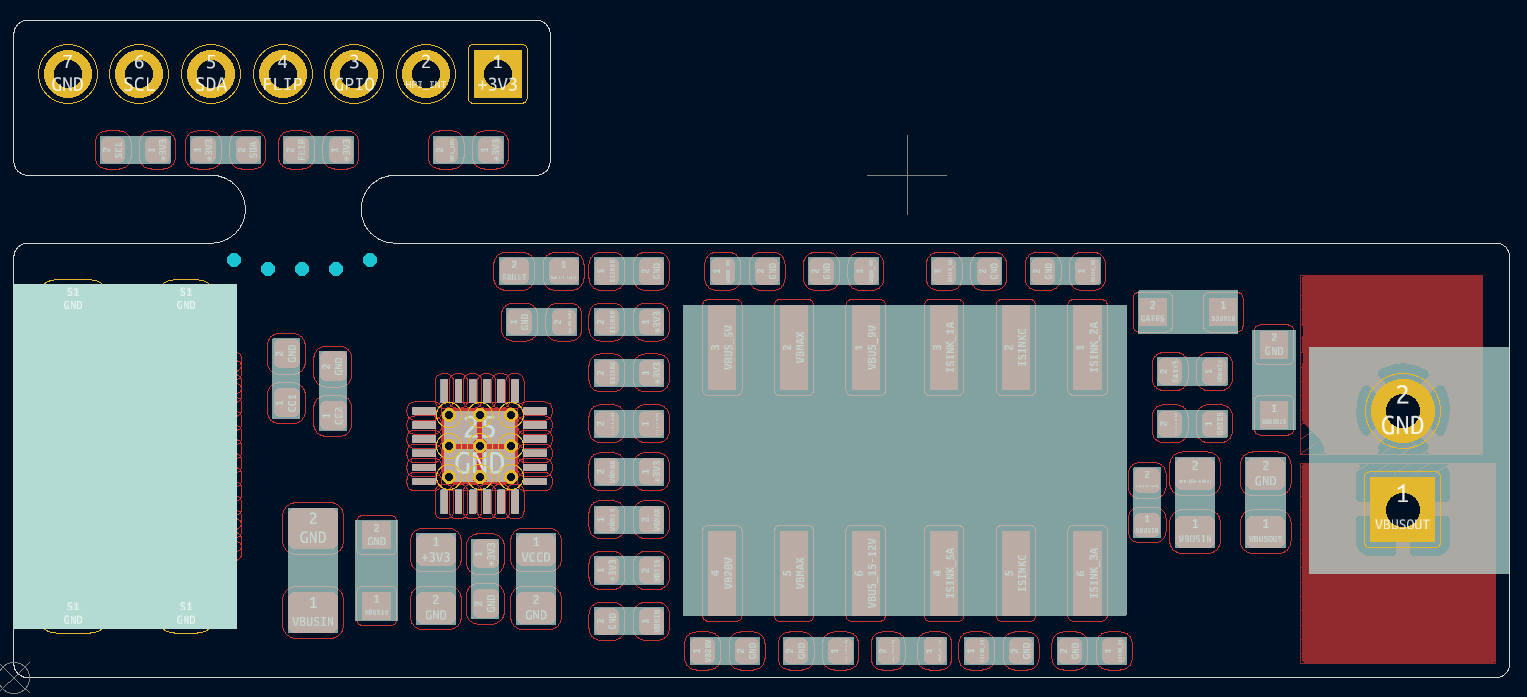
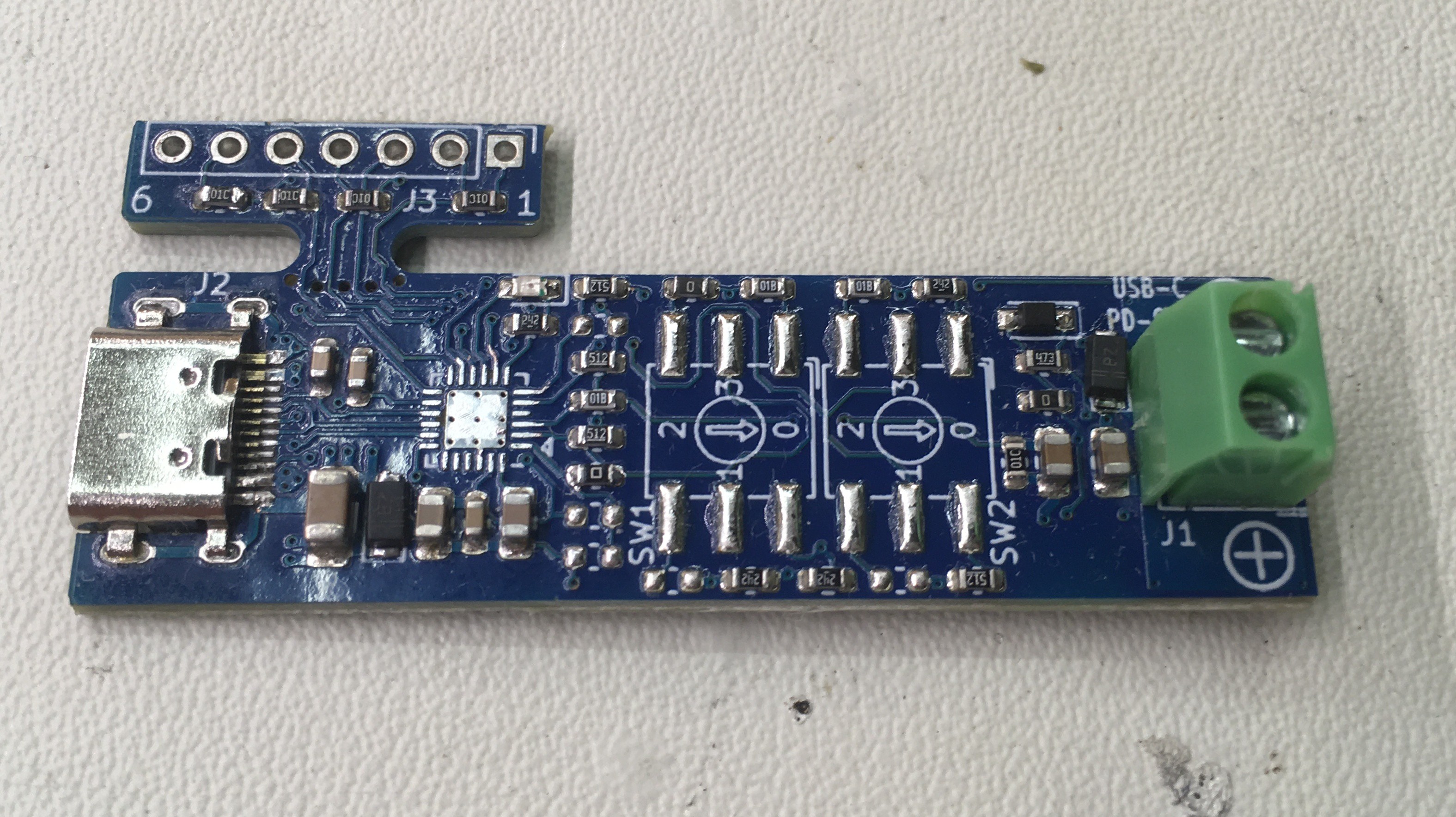
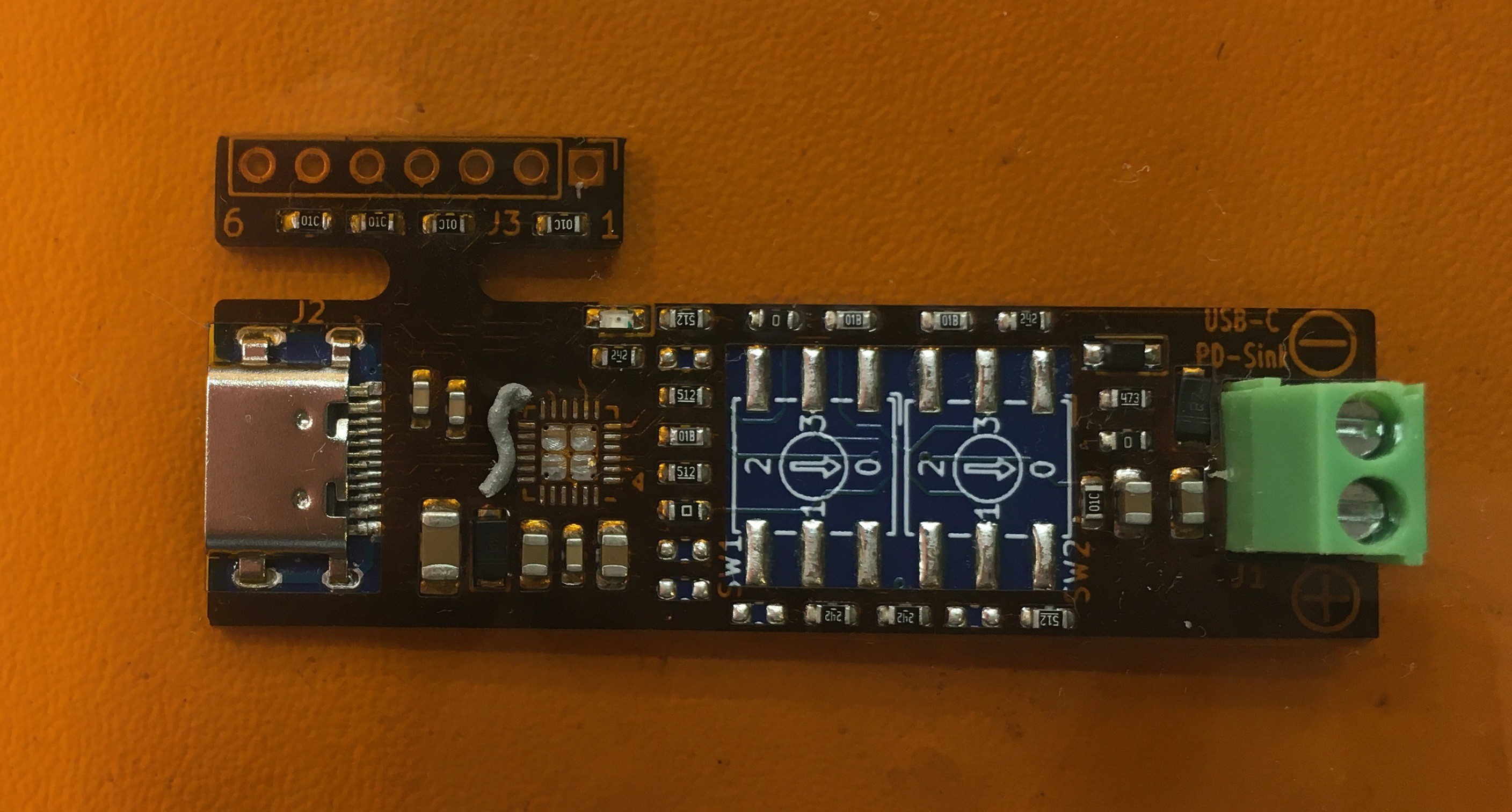
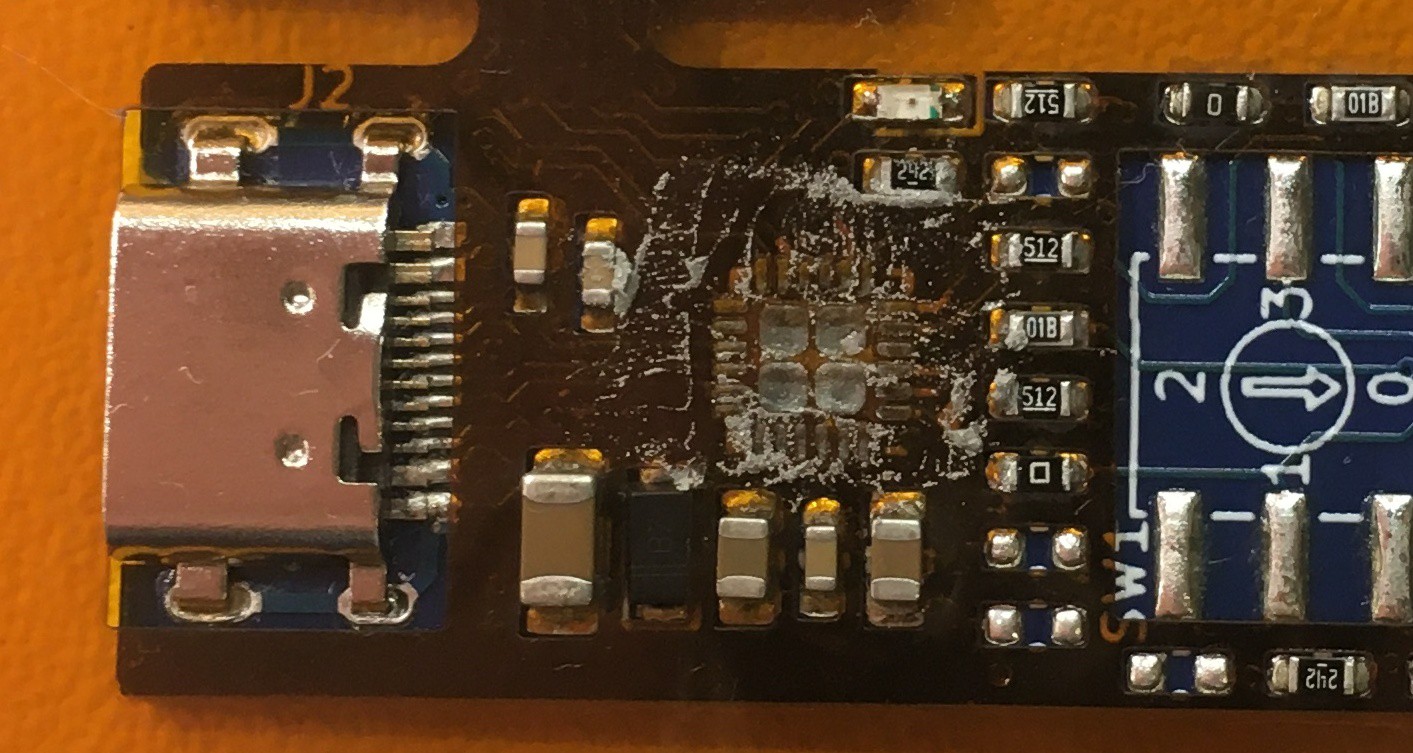
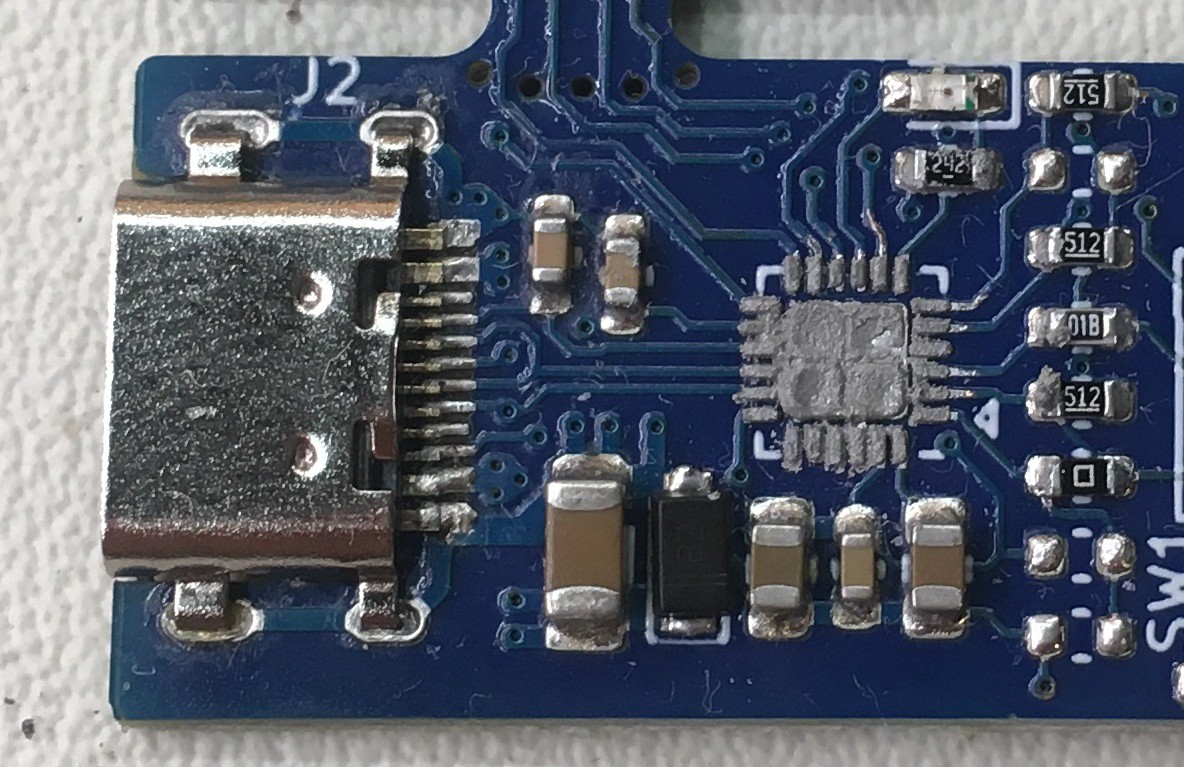
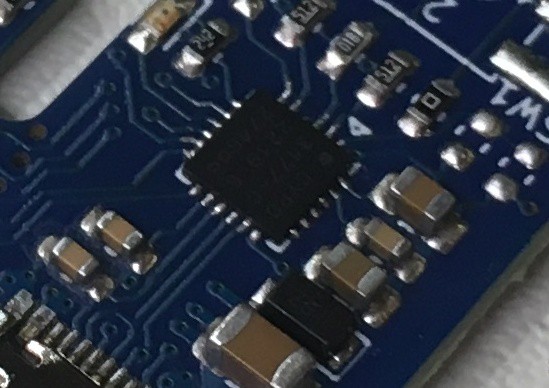
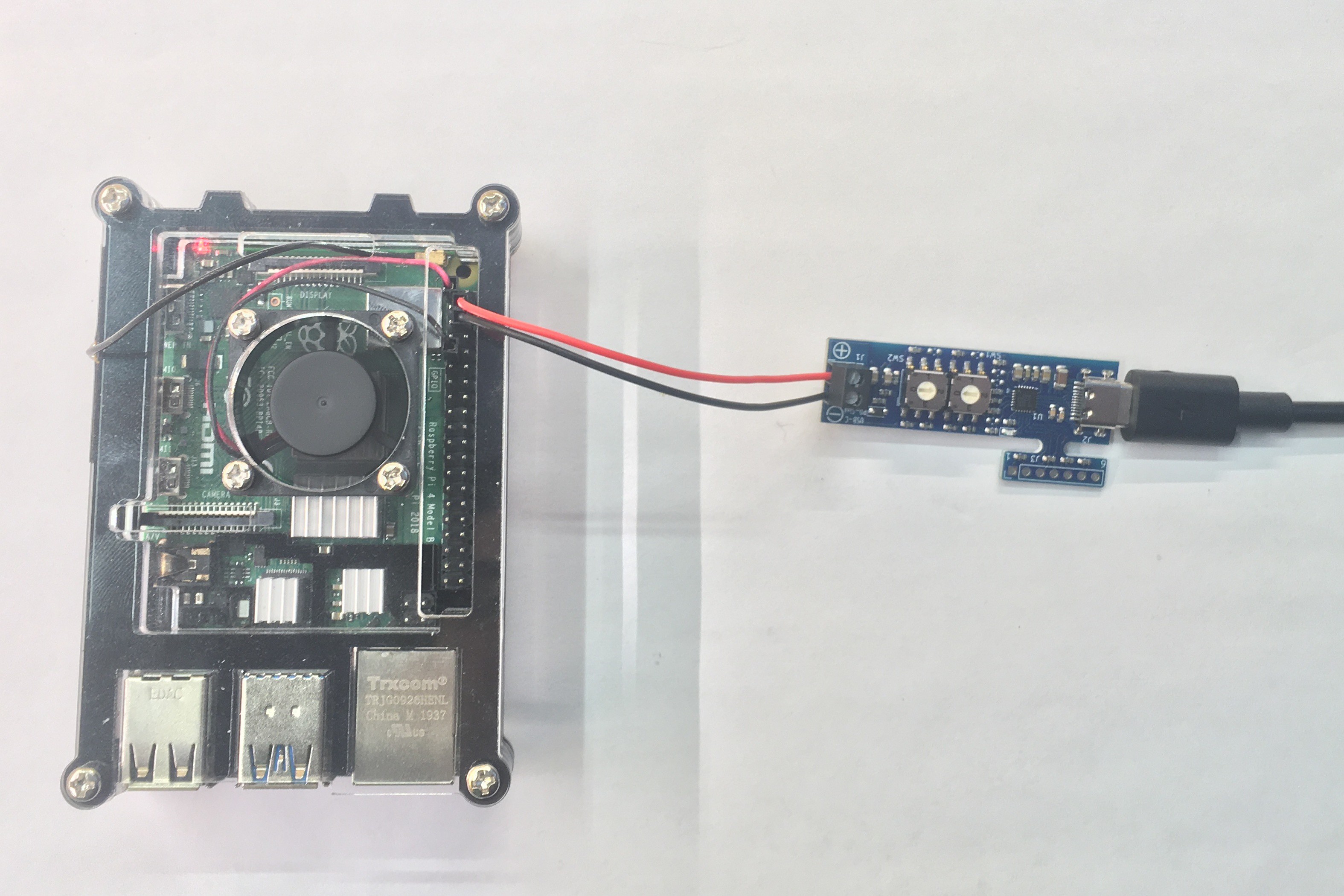
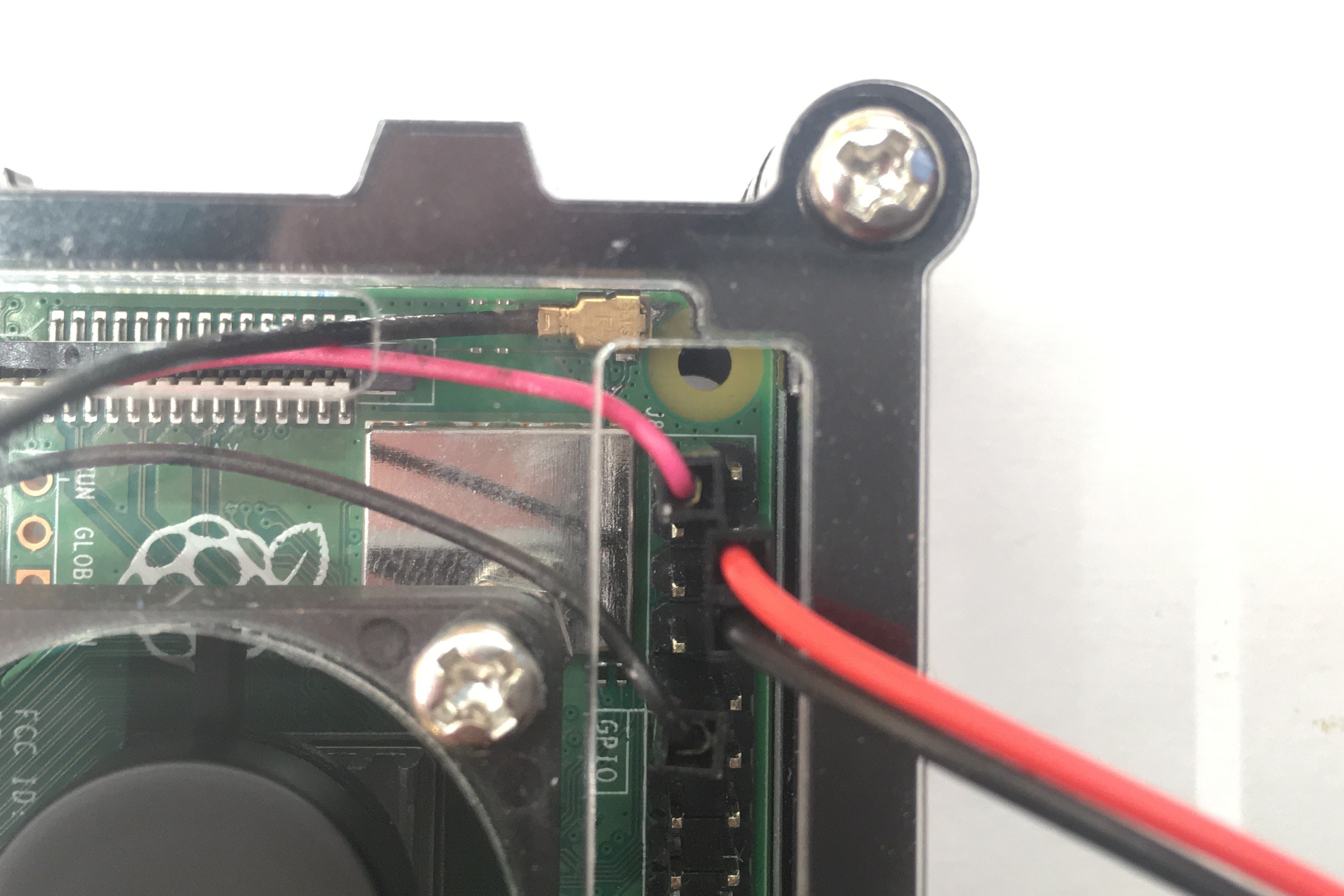
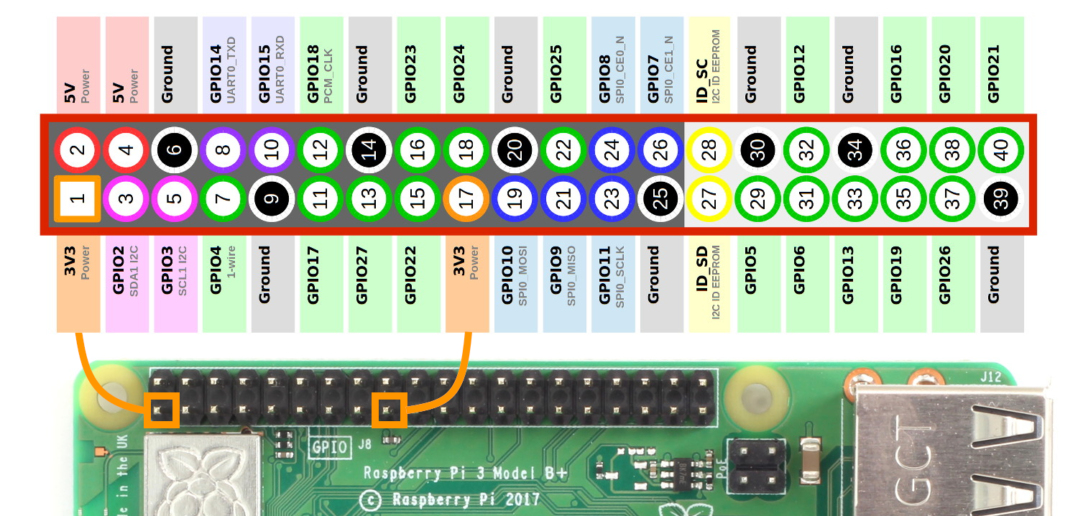

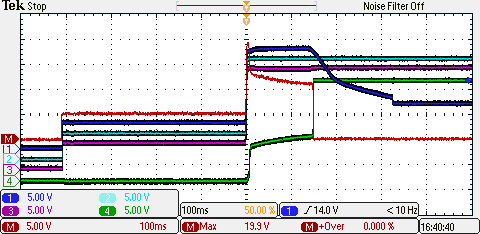 Q1, Q2 = AON7407 with D2 = 7.5V Zener Diode:
Q1, Q2 = AON7407 with D2 = 7.5V Zener Diode: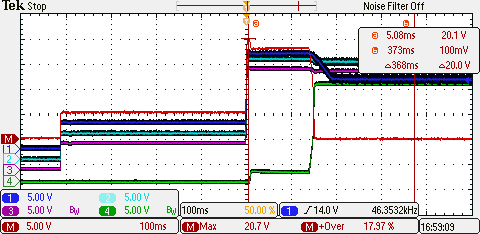 Q1, Q2 = Diodes DMP3013:
Q1, Q2 = Diodes DMP3013: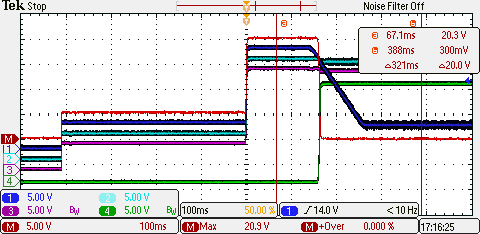 Q1,Q2 = Rohm RQ3E120:
Q1,Q2 = Rohm RQ3E120: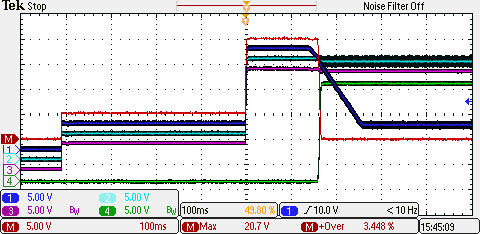 The AON7404 shows a weird pulse on the math channel when USB-VBUS turns on to 20V and the turn on cycle with 15V gate voltage is not really smooth.
The AON7404 shows a weird pulse on the math channel when USB-VBUS turns on to 20V and the turn on cycle with 15V gate voltage is not really smooth. 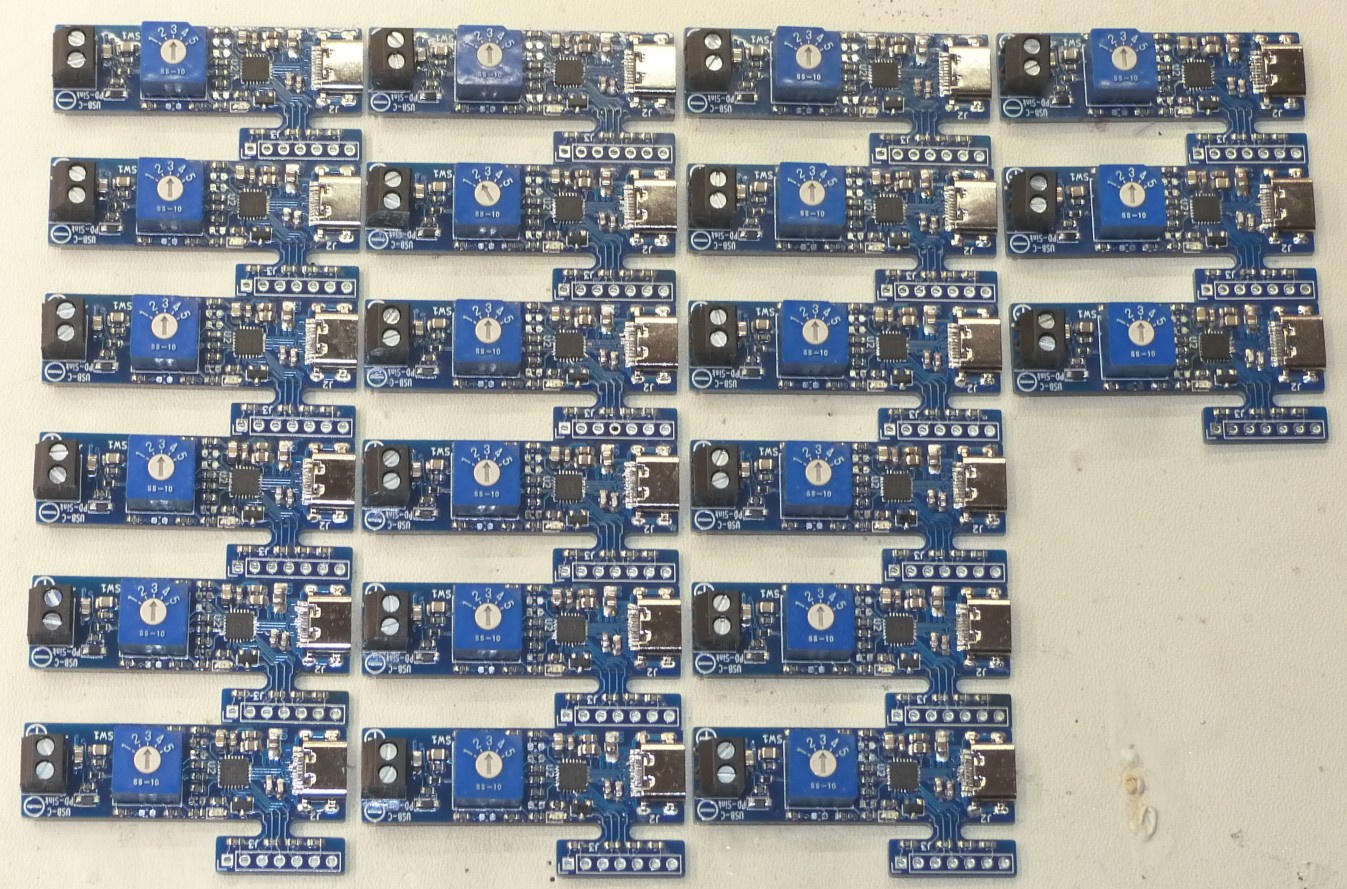
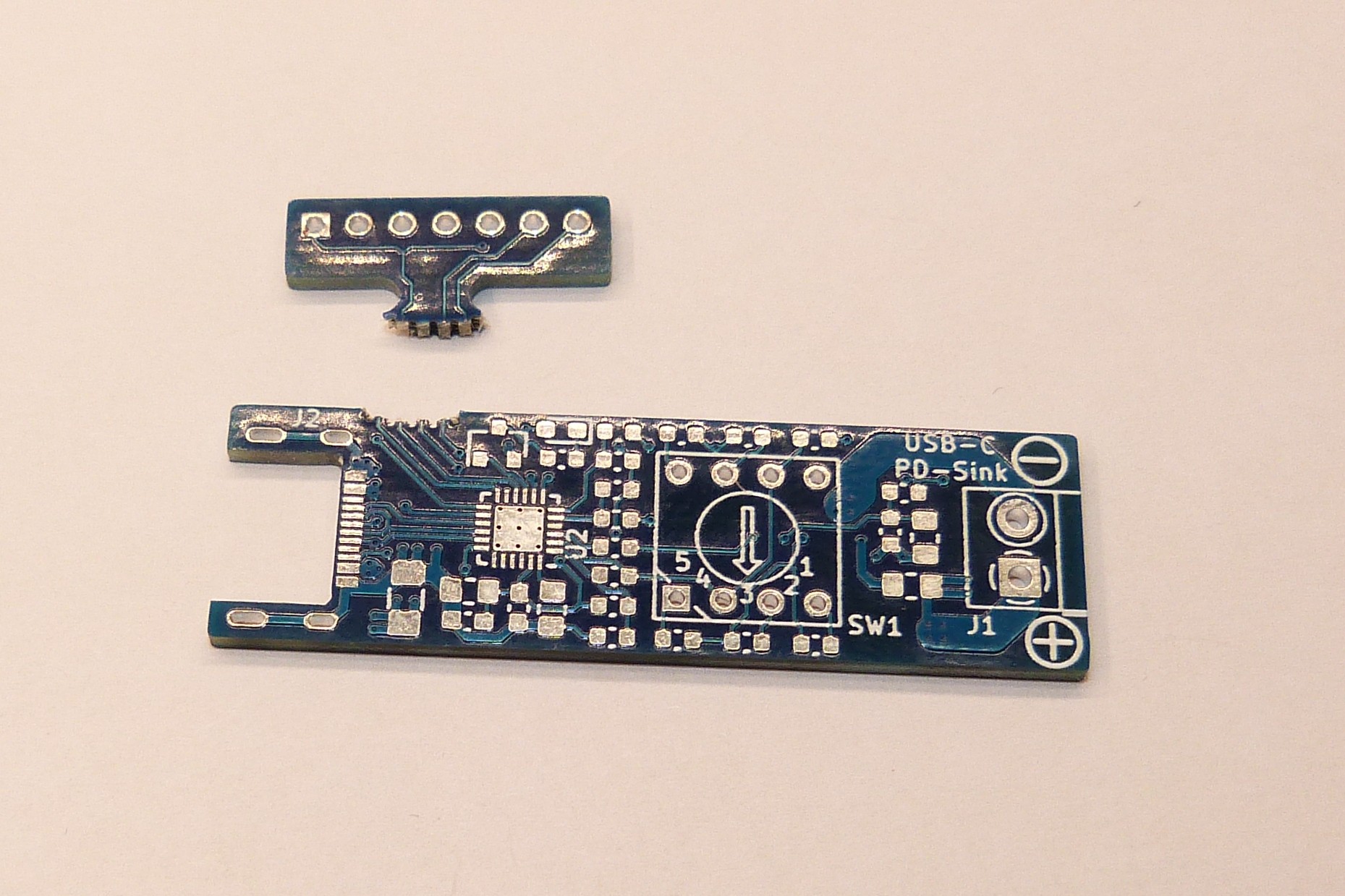
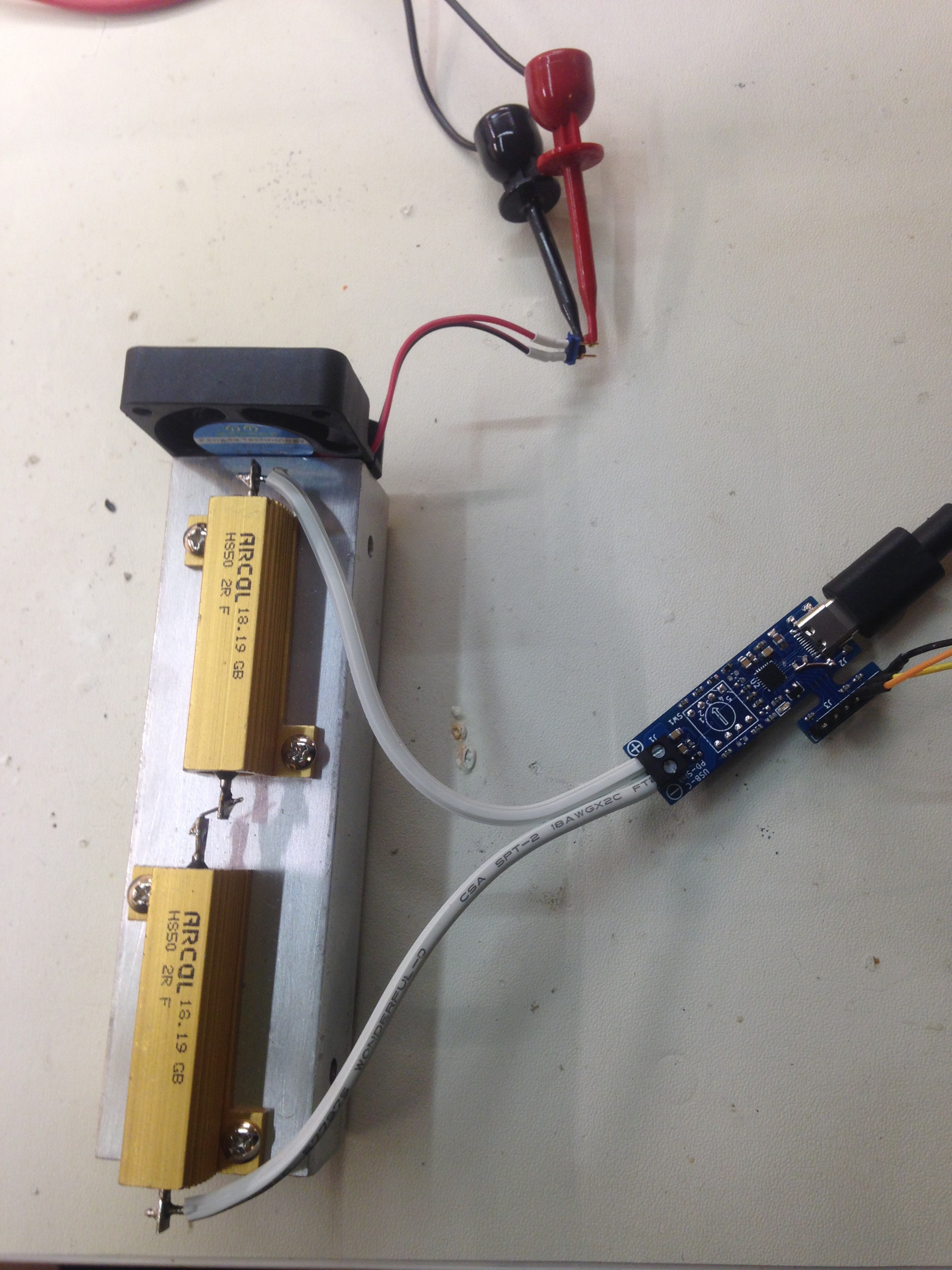










 Clara Hobbs
Clara Hobbs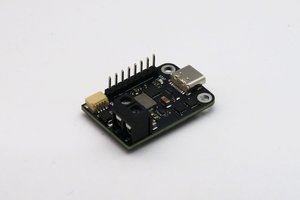
 CentyLab
CentyLab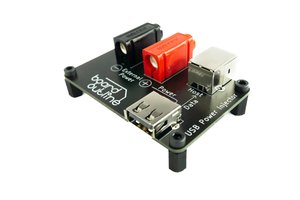
 Nikola Manolov
Nikola Manolov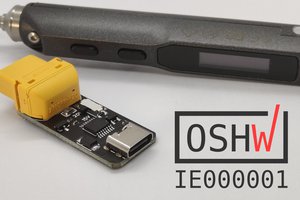
 Brian Lough
Brian Lough
Hi Wolfgang,
I just found your project whilst looking for a way to power my device with USB C.
I was hoping you might be able to help me find some information on how to make one myself but have it permanently set as 5V 3A as I will only need a max of 15W.
I'm quite the noob when it comes to electronics though so I am not sure what I am looking at when I look into your schematic.
Thanks!